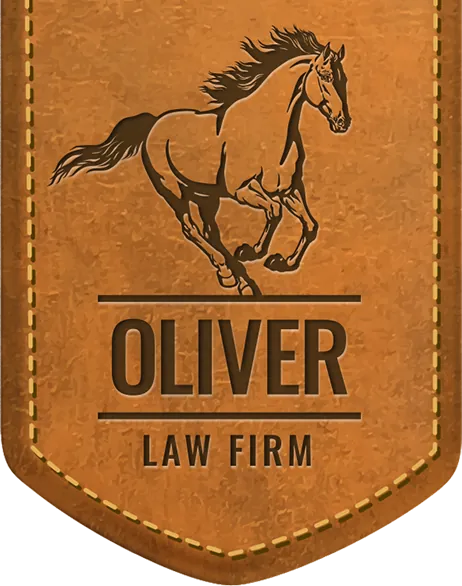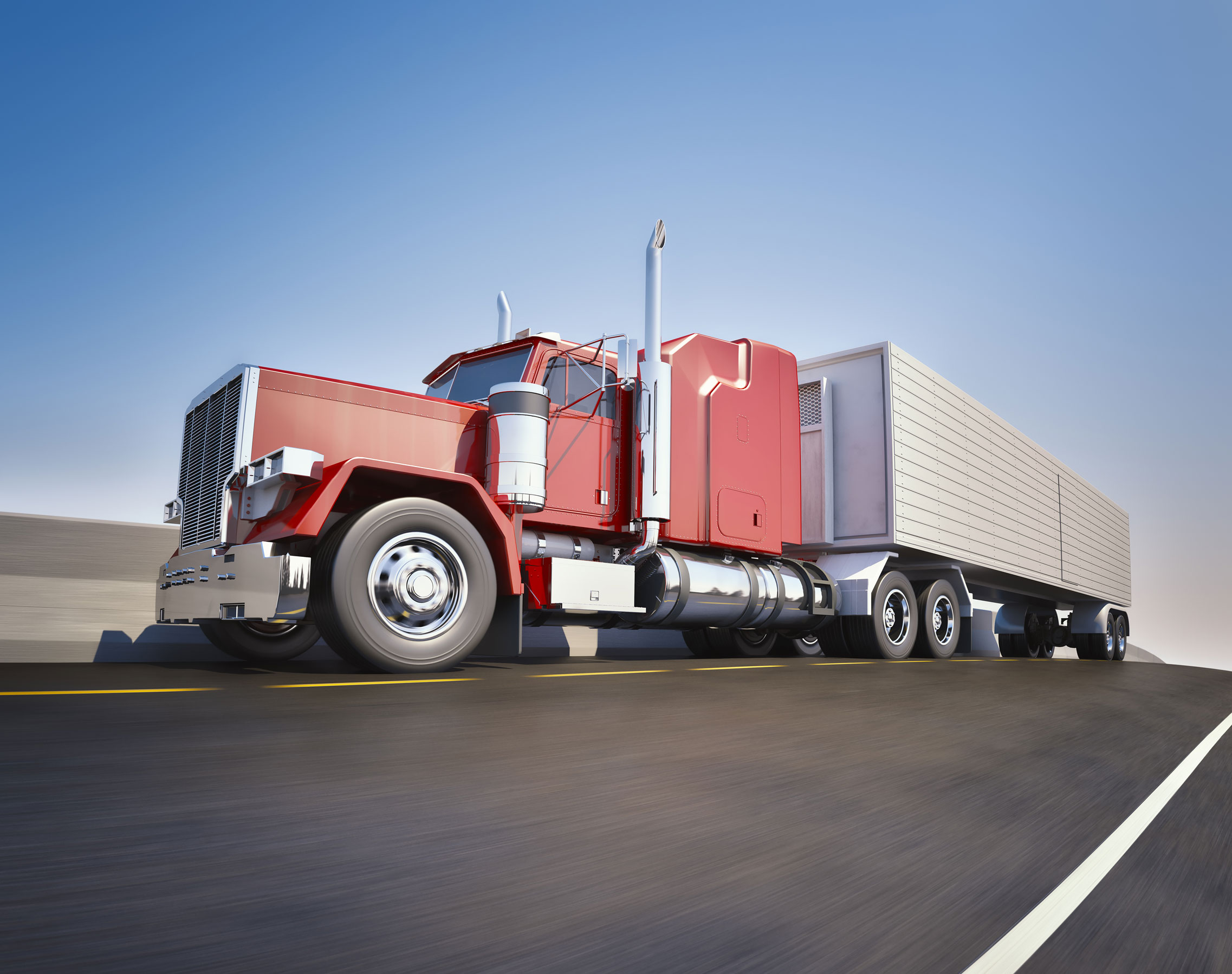Several significant studies have found that 18-wheelers make up about 8% of road traffic but account for about 11% of injuries and deaths. This discovery is very disconcerting to truck drivers, transportation companies and especially ordinary motorists. To combat these damaging statistics, new technologies are being implemented to enhance the abilities of truck drivers, reduce driver error and help other motorists avoid accidents with 18-wheelers.
But is it true that these new technologies are helping? In short, it depends. Let’s have a look at some of this new tech and evaluate as we go. To begin, many changes have been made recently to the way trucks and drivers are monitored. Trucking companies often install onboard cameras and devices that replace traditional logs with much more accurate digital logs. These logs monitor usage, particularly whether or not drivers are in compliance with usage laws, routes, speed and driving practices, as well as driver behavior.
This new generation of monitoring devices is designed to reduce driver fatigue, restrict driver behavior and substance use, and collect a plethora of information about individual driving habits. Driver error is responsible for about 90% of all trucking accidents, with another 7% coming from mechanical problems, and about 3% resulting from environmental factors. Assisting drivers and prohibiting abuse is essential to reducing driver error, and so far the results seem positive.
Maybe the greatest benefit of driver-monitoring technologies and digital logs is that they can now provide real, objective data about commercial trucks and their drivers that lawyers can use to precisely determine what drivers are doing, especially as it relates to compliance with rules and regulations, both before and at the moment a wreck occurs. These data, if applied correctly, will prove invaluable in getting the facts straight and helping clients and lawyers reach their goals.
Another headline-grabbing technology surfaced this year as Samsung unveiled its new “transparent” truck design, which is basically a giant TV on the back of a big rig that allows other motorists to “see through” the truck and get a front view of the traffic ahead of the truck. Still in testing, this technology raises an immediate red flag in that it is “a giant TV on the back of a big rig,” in case you missed that part. Drivers may have access to visual data about what’s in front of an 18-wheeler, but what are these drivers missing as they watch the screen? Time will tell whether this new tech is helpful or just another distraction in a traffic environment already plagued by distraction.
Distraction is a central theme in all new automotive and communications technology. As truck drivers use more and more advanced automated features and instruments, what is the effect on driver focus? Is it more important that the driver get more overall data, or is it preferable to simply have the driver be more vigilant in watching the road? The upward trend of trucking accidents and deaths, both to truck drivers and other motorists, is a bad omen for newer safety technology.
Other drivers will be the touchstone against which these new technologies are tested. As more radical technologies are tested on public roads, other drivers are inevitably thrust into a grand safety experiment. If it works, the roads will eventually be safer. If it doesn’t, not all the inadvertent test subjects will survive the test, and accountability will need to be measured out to the responsible parties.
Assessing the details on a case-by-case basis is vital in this changing landscape of personal injury law as it adapts to new technologies. But trailblazing is a sometimes long and always expensive process. Refer your client to Oliver Law Firm and rely on our experience, our resources and our proven history of winning 18-wheeler injury cases.
If you or your client have been injured by an 18-wheeler, bring your case to the experts at Oliver Law Firm. Our talented team has gone through decades of changing technologies, and we have the knowledge you need to find justice and place blame where it belongs.
2015 Pocket Guide to Large Truck and Bus Statistics. (2015, April). Retrieved February 24, 2016, from https://www.fmcsa.dot.gov/sites/fmcsa.dot.gov/files/docs/2015 Pocket Guide – March 30 2015 (For Web Publishing)-508c_0.pdf
Federal Motor Carrier Safety Administration
a Free Consultation




